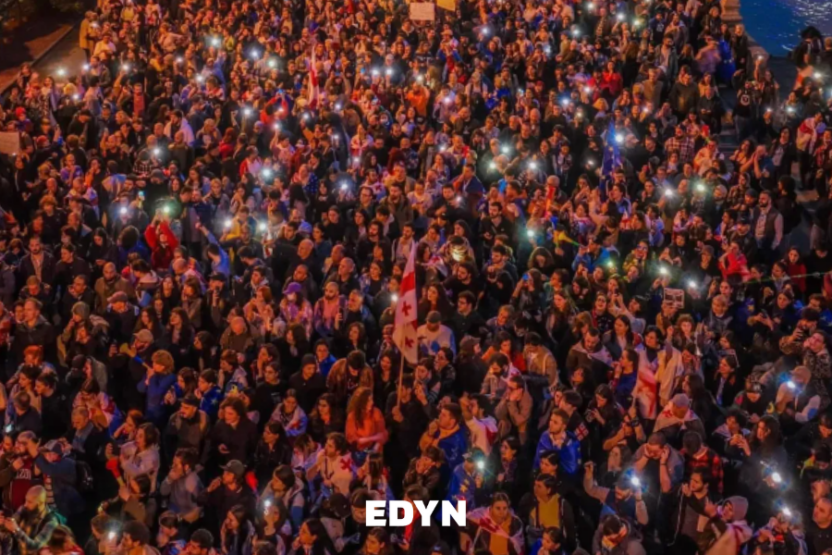Disinformation, misinformation, or hoax. Do you know the difference?
The Internet is full of information. Some is true, some false, some verified, and some unverified. It can be spread either intentionally or unintentionally. Information can entertain but also help propaganda. And for all this, there are multiple terms such as hoax, misinformation, or disinformation. Confusing, right? We put together a short explanation of these terms below in collaboration with Katedra Komunikácie.
What is disinformation?
According to the dictionary, disinformation is the deliberate presentation of incorrect information. Its spreader knows that the information is factually incorrect. However, despite this, he or she consciously spreads it. His or her goal is to influence and deceive a certain group of people in order to create chaos and doubt about what is true and often reduce trust in government and authorities.
How can misinformation be distinguished from true information?
Disinformation is tailored to make it easy to believe in. As such, one should always check the reliability of a piece of information. It is important to find out the source of the information, its author, and the owner of the platform. One can become more cautious about a piece of information by reading both the headline as well as the whole article. Headlines are written to grab our attention. They are often written in large letters with lots of exclamation points and question marks to arouse anger or fear in the reader. We should also not forget that before we start reading the article, we ought to check the author and the publishing date. On social networks, we can often come across articles that look up-to-date at first glance only to find out they are several years old. Furthermore, we must not forget to pay attention to the sources that the author mentions in an article. Are they trustworthy? Can they be traced? Do they confirm what the article states?
Disinformation is spread not only through social media statuses and articles but also through images. They are very easy to manipulate. They can be embellished, edited, or taken out of context to depict a completely different situation. They are doing very well on the Internet. One reason is that people can’t verify if they are true. Therefore, it is of the utmost importance to also check the veracity of an image.
The easiest way to verify this is through the Google browser, which has a built-in function that allows all users to right-click on an image and select the “Search for images using Google Lens” function. If Google Chrome is not the preferred search engine, we recommend TinEye or images.google.com, where the web address of an image can be used to verify whether a photo is related to an article.
But how does misinformation differ from disinformation?
Misinformation is false information that is spread unconsciously and without the intention to harm. Therefore, disinformation can become misinformation if it is shared by someone who does not verify the validity of the piece of information being shared.
Is there anything worse than disinformation and misinformation? Yes, hoaxes!
A hoax is unsolicited, alarmist, purposefully edited, and half-truthful news. Hoaxes often warn of danger or viruses, demand urgent help, promise get-rich-quick schemes, or ask to immediately send a message to all acquaintances and friends. A hoax can evoke a feeling of guilt and threat and spreads through emails, messages, and social networks. The Slovak Police is also dedicated to exposing and debunking them, and we recommend to watch Hoaxes and Frauds – SR Police.
For the Slovak version, please read the original article at this link.
Realizované s finančnou podporou Ministerstva obrany Slovenskej republiky v rámci dotačného programu. Za obsah tohto dokumentu je výlučne zodpovedný EDYN, n.o.



